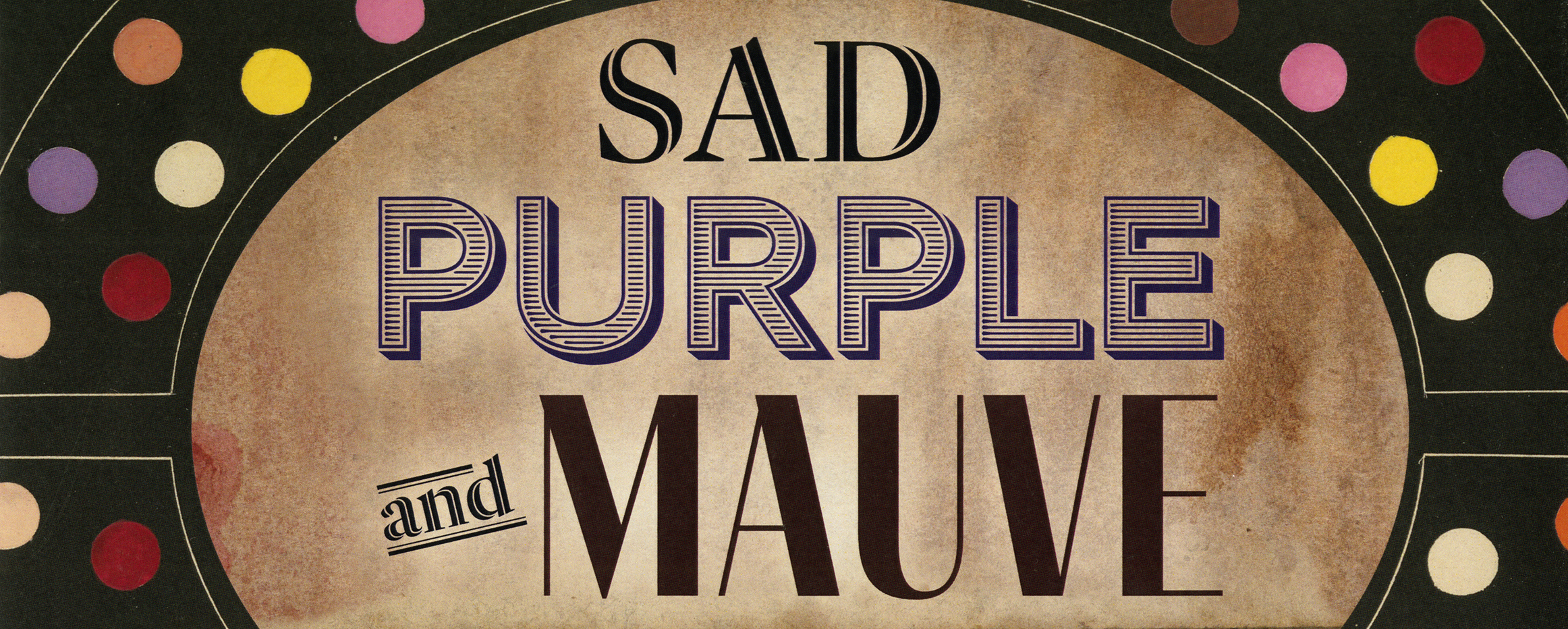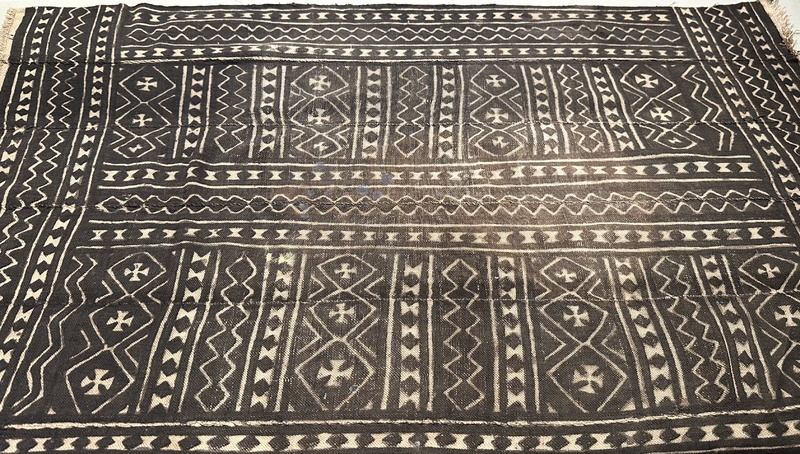Mudcloth from Mali
MUDCLOTH FROM MALI
Bogolan or Bogolanfini, from bogo (mud) and fini (cloth) in the Bamana language, is a uniquely Malian cloth. Men weave cotton into narrow strips that are sewn together to create the cloth. Women then dye the cloth by first soaking it in a dye of crushed leaves. Next the designs are painted with mud, collected from riverbeds and fermented in jars. The chemical interaction of dye and mud is what produces the characteristic black and brown tones. While the light-colored designs appear to be drawn on the dark background, the motifs are actually created by applying the mud around the motifs. Originally used in girl’s initiation and by male hunters, it is now also made for the tourist market and frequently used and copied in Western fashion. Nakunte Diarra, a master artist, made the cloth for decades and they are featured in museums around the world.
— Written by William J. Dewey (Art History Emeriti)
Nakunte Diarra (c. 1941-2020)
Bamana People, Mali
Bogolan or Bogolanfini (mud cloth) (ca 1970s)
Cotton and dye
On loan from the collection of William and Barbara Dewey

